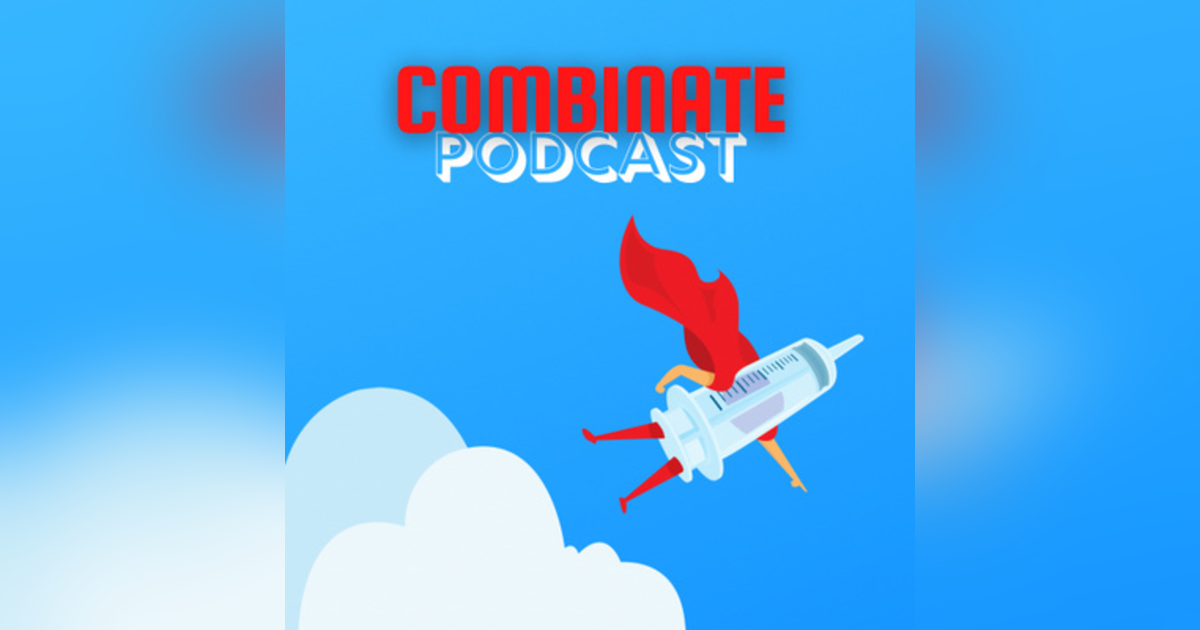Dec. 22, 2021
012 - "Asking then Seeing" with Sara Waxberg Mcnew

Happy Holidays everyone!
On this episode of the Combinate Podcast, we had Sara Waxberg McNew, Chief Scientific Officer at Design Science. Sara and I talk about her interest in Human Factors and her career, we discuss who is a user and how to get close to them, how to read the ANSI/AAMI HE75:2009 (R2018) and IEC 62366-1:2015 standards, the design validation process and how human factors formative and summative evaluations fit in, human factors considerations for combination products, and figuring out what users need vs. want.
Sara Waxberg McNew is the Chief Scientific Officer at Design Science, a human factors firm that specializes in healthcare. Sara has held roles previously in user centered design leadership at Eli Lilly and Company, Philips Healthcare, and Baxter Healthcare. Throughout these experiences, she has led cross functional teams, selected and managed human factors consultants (and now is one), interacted with the FDA and international regulatory agencies, and executed on created corporate level strategic plans for human factors. At each of these organizations, she was accountable to ensure intended end-users are effectively represented and their needs are considered throughout the product lifecycle in order to reduce the potential for use error, satisfy target customers, and comply with regulatory requirements.
Sara has a B.S. in Human Factors Engineering and Biomedical Engineering Design from Tufts University, where she has also completed her M.S. course work. She is an active member of the Association for Advancement of Medical Instrumentation (AAMI) where she has contributed to the development and revision of human factors technical information reports and international standards.
Design Science is retained by the world’s leading companies to assure that their products fit user needs. Design Science conducts rigorous research and design user interfaces to optimize usability, safety, and customer appeal of products. Founded in 1991, Design Science was one of the first consultancies to focus on the person/product interface. They have deep roots in those product categories where usability is mission critical—particularly medical devices, but also other products that are tools: commercial, industrial, or consumer.



